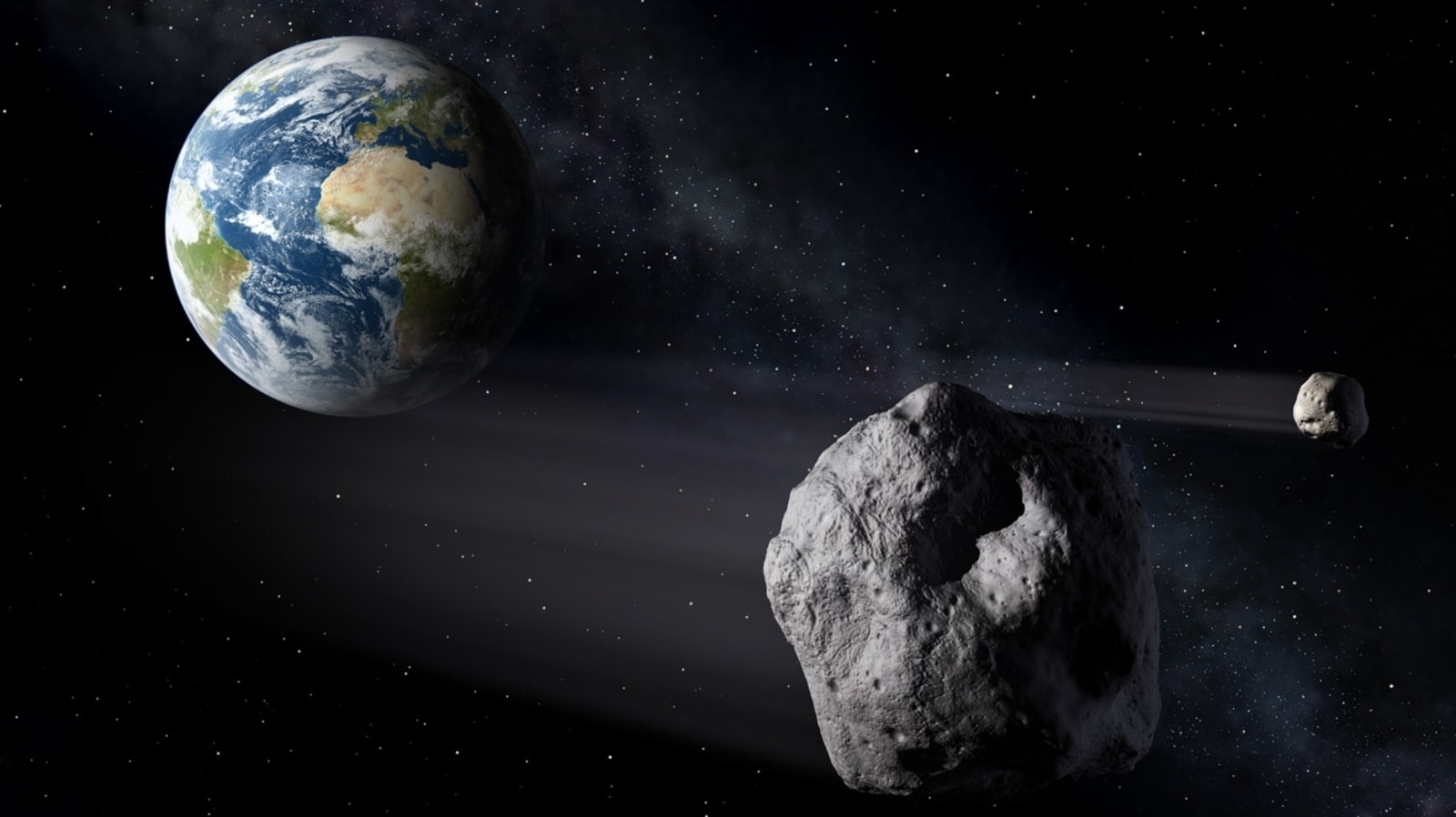Asteroid of just THIS size can DESTROY Earth! NASA outs Scary truth on Earth-killer asteroids
How big should an asteroid be to destroy Earth? According to NASA, Earth-killer asteroids do not have to be big.
Over the last few weeks, Earth has had quite a few asteroids that have passed by quite closely. Among them was asteroid 1994 PC 1, which flew past Earth on January 18 and managed to create a lot of buzz due to its big size and proximity to Earth. The 1km wide space rock was considered potentially hazardous and NASA stated that it had been watching the asteroid for the last 10 years. It does raise an important question. How big does an asteroid need to be to destroy Earth or at least cause significant damage? This is an important question and thanks to NASA, we know the answers too. And it is scarier than we thought.
The thing most people do not realize is that Earth hit by asteroid strikes quite often. Thousands of asteroids, meteors and other space rocks hit Earth almost every day. But 90-95% of them never make it to the surface. We can thank our atmosphere and ozone layer for that. Earth basically has these layers of atmosphere with increasingly denser air as you keep moving towards the surface. When an object moves at high speed through this dense air, it generates heat and burns up on entry. Interestingly, most asteroids burn up in the mesosphere itself and do not even make it to denser layers of the stratosphere or the troposphere (densest of them all). While our planet’s natural defense system protects us from the majority of asteroids, if an asteroid is large enough, it will still make it to the surface.
What NASA tells us about asteroids
On March 21, 2021, a meteor was seen bursting through the day sky and exploding in a huge ball of fire in Santiago de Cuba. It was later found out that the meteor was only a few meters wide and weighed about 360 tons. An asteroid, which was just a few meters wide, almost touched the surface of Earth. So, what we do know is that asteroids do not really need to be too big in order to reach Earth. But, what about causing destruction, or even ending all life on the planet? NASA tells us.
According to NASA, “Every day, Earth is bombarded with more than 100 tons of dust and sand-sized particles,”. These are extremely small space rocks, about the size of a grain of sand, which never make it even near our troposphere. But, about once a year, an automobile-sized asteroid hits Earth’s atmosphere, creates an impressive fireball, and burns up before reaching the surface,” NASA adds. This would be your meteor event in Cuba.
Now, let’s dwell on the specific numbers. NASA states that any asteroid smaller than 25 meters “will most likely burn up as they enter the Earth’s atmosphere and cause little or no damage.” For reference, that is about the length of two large buses standing back to back.
Further, “If a rocky meteoroid larger than 25 meters but smaller than one kilometer were to hit Earth, it would likely cause local damage to the impact area”. Again, for reference, these asteroids are between the size of an airplane and Burj Khalifa.
And an Earth-killer asteroid? Any asteroid between the size of 1-2 kilometers hitting Earth will have global destruction potential, but will still not entirely destroy our planet. This is between Burj Khalifa and a little smaller than the Golden Gate Bridge.
But, for an asteroid to truly be an Earth-killer, it needs to be near 10km wide. In fact, a 9.6km wide asteroid had once hit the Earth in the past and caused dinosaurs to go extinct! This is one fifth of the size of New Delhi. What makes this number truly scary is the fact that the Earth has a diameter of 12,742 kilometers and yet just a 10km wide object is enough to reduce all life on this planet to dust.
For all the latest Technology News Click Here

